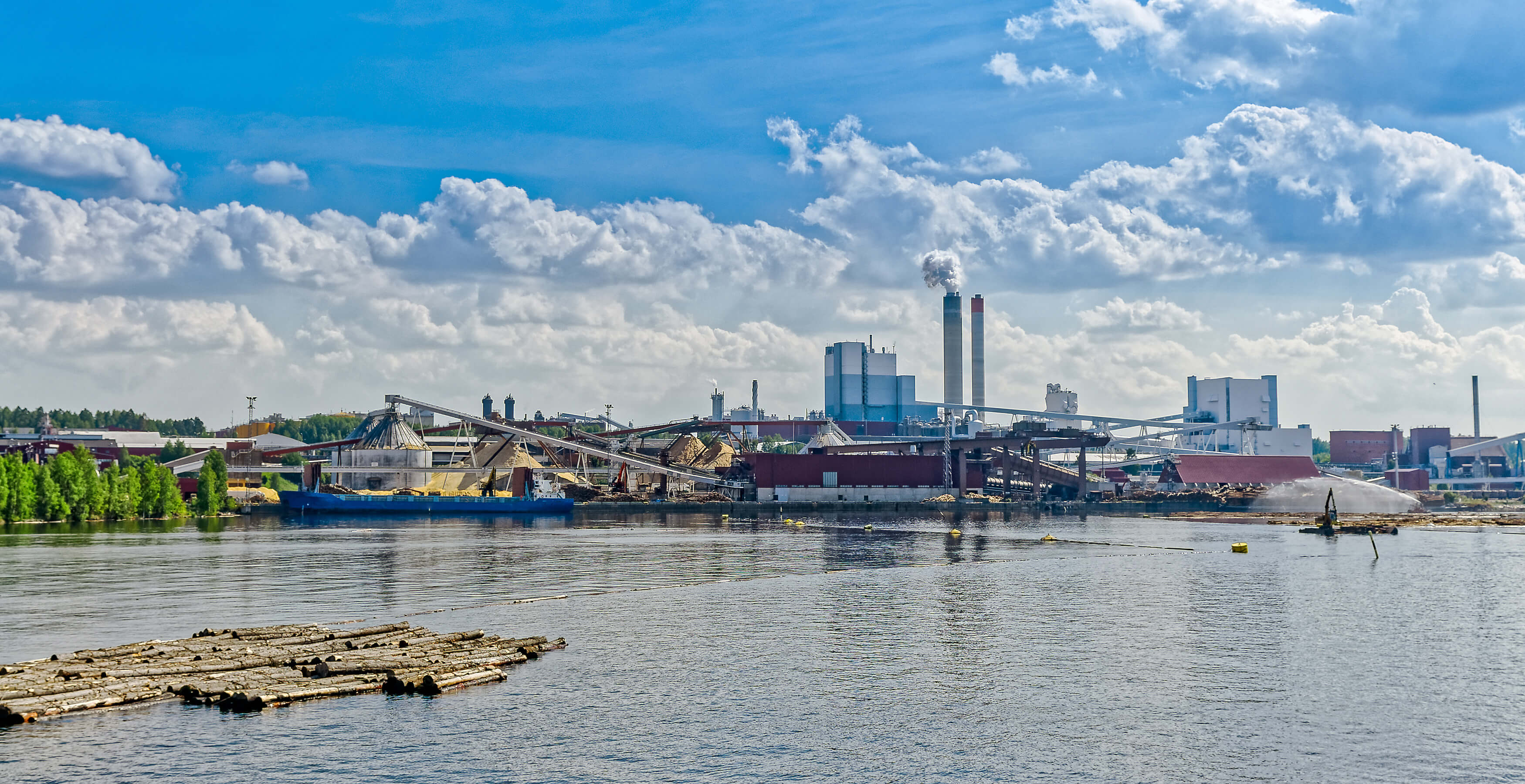April 28, 2020 | 3 minute read
In a single pulp paper mill, there may be more than 300 centrifugal pumps in operation. Many pump manufacturers offer pumps that are ideal for pulp and paper applications. The pumps work with a range of liquids, including paper stocks, liquors, wash waters, filtrate waters, rejects, slurries, sludge, lime wash, clean water, conden-sates, additives and chemicals from one stage of the process or another. The pumps—which could be manufactured by many different companies—are also used to mix liquids together.
One of the most important and common liquids to be pumped in a mill is paper stock in all of its forms. Stocks can contain air, gas, contaminants, abrasive particles and more. Stock consistencies usually range from less than 1 percent to 6 percent and can be pumped at a consistency of up to 18 percent.
With the issue of water scarcity facing communities around the world, the pulp and paper industry is examining how stocks are handled. It has made efforts to limit the water used in the papermaking process, and to limit the overall environmental impact of the process.
The world’s water scarcity will continue to impact industry in the coming years. Processes that use high volumes of water—like pulp and paper production—will face important decisions about how to decrease use and increase power savings. These issues, along with a need to increase MTBF, will continue to drive operators to do more. Selecting the best equipment for the application can make a difference in each of these areas of interest. Seals, including packing and single or dual mechanical seals, are crucial components in any pulp and paper operation. Choosing the right seals can mean savings of millions of gallons of water and its associated costs and environmental impact.
Read our white paper―Addressing Pulp & Paper Industry Sealing Challenges―to learn about strategies to improve operations to save water at your pulp and paper mill.
White Paper
